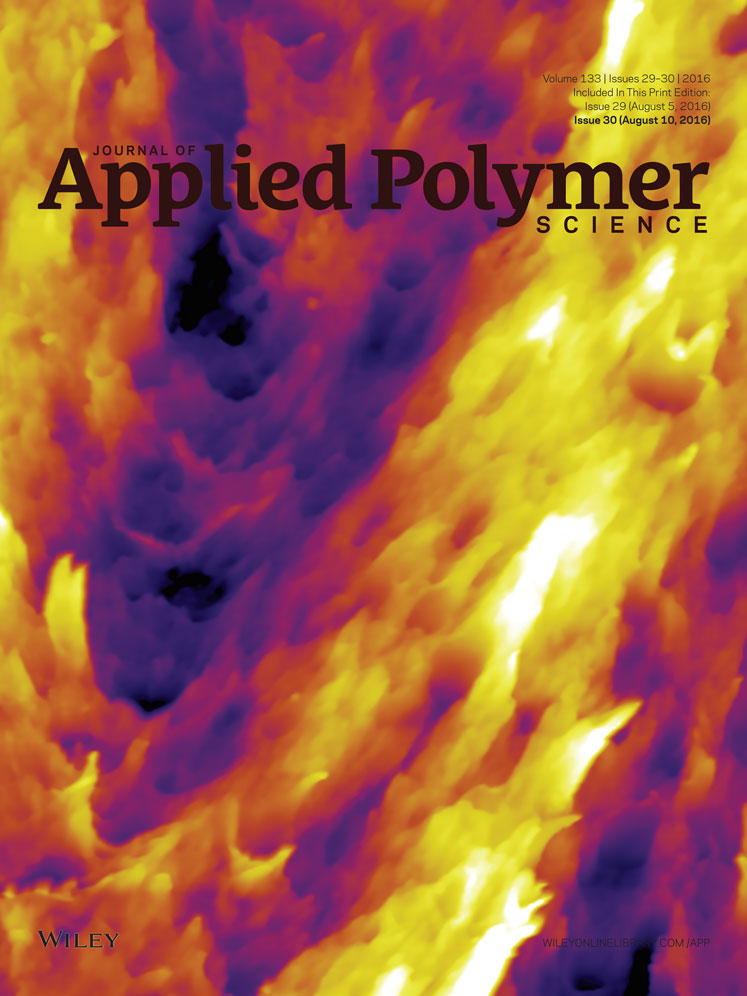Microencapsulated ammonium polyphosphate with boron-modified phenolic resin
ABSTRACT
Ammonium polyphosphate (APP) was encapsulated with boron-modified phenolic resin (BPF) by in situ polymerization with the goal of improving its hydrophobicity, thermal stability, and compatibility in polymers. The chemical and physical features of APP microcapsules were characterized by Fourier transform infrared, X-ray photoelectron spectroscopy, scanning electron microscopy, inductively coupled plasma, and laser particle sizing. The hydrophobicity was assessed by the water contact angle. The residues from thermogravimetric analyzer and muffle burner were investigated. The results showed that the APP microcapsules with BPF shell had been achieved successfully. The shell encapsulation rate mainly depended on the amount of crosslinking agent when the ratio of APP/BPF was constant. The mean particle size increased and the particle size distribution became more narrow. The hydrophobicity of APP was improved and the improvement degree mainly depended on the amount and adding rate of crosslinking agent and the conditions of heat curing. A good thermal stability and high residue char rate at high temperature were noticed for APP microcapsules. It suggests that these microcapsules might be used as an intrinsic flame retardant. © 2016 Wiley Periodicals, Inc. J. Appl. Polym. Sci. 2016, 133, 43720.




